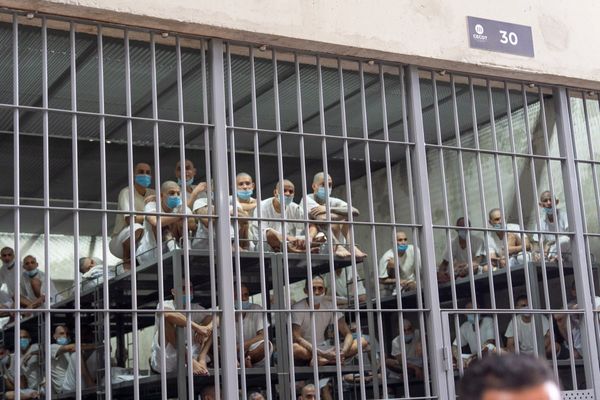
Defense Secretary Pete Hegseth has instructed the military services to identify $50 billion in programs that could be cut next year to reallocate those savings towards funding President Donald Trump's priorities. The goal is to redirect Pentagon spending to better support warfighters.
The directive aims to eliminate what is deemed as 'excessive bureaucracy' and programs focused on climate change or 'other woke programs' like diversity, equity, and inclusion initiatives. The focus is on aligning with President Trump's objectives, which include securing borders, developing an American version of the Iron Dome, and discontinuing what is described as radical and wasteful government DEI programs and preferences.
The Iron Dome is envisioned as a comprehensive air defense system for the U.S., with Trump advocating for the capability to intercept incoming missiles from space.
The proposed $50 billion in cuts would represent approximately 8% of the military's budget. It remains unclear which specific diversity and equity programs or climate change initiatives within the Pentagon's budget would be affected to achieve the targeted savings.
This cost-cutting mandate comes as the military is hastening its preparations for the fiscal year 2026 budget request, a process that typically commences late during presidential transitions. Hegseth has tasked the Pentagon with identifying areas for reduction to accommodate spending priorities for fiscal year 2026, starting on October 1.
The potential cuts are anticipated to be as significant as the mandated savings imposed on the military during the 2013 sequestration. This legislative measure, intended to prompt Congress to agree on budget deficit reductions, compelled the services to slash $56 billion within a short timeframe.
During the sequestration period, long-term, high-cost procurement programs and entitlements like military retirement and health care were safeguarded. Conversely, operations, maintenance, and personnel accounts were more vulnerable to reductions. This led to the loss of noncommissioned officers and reductions in training, resulting in an increase in military training accidents.
Since the sequester, Congress and the military have implemented additional safeguards to protect operations and maintenance spending.







